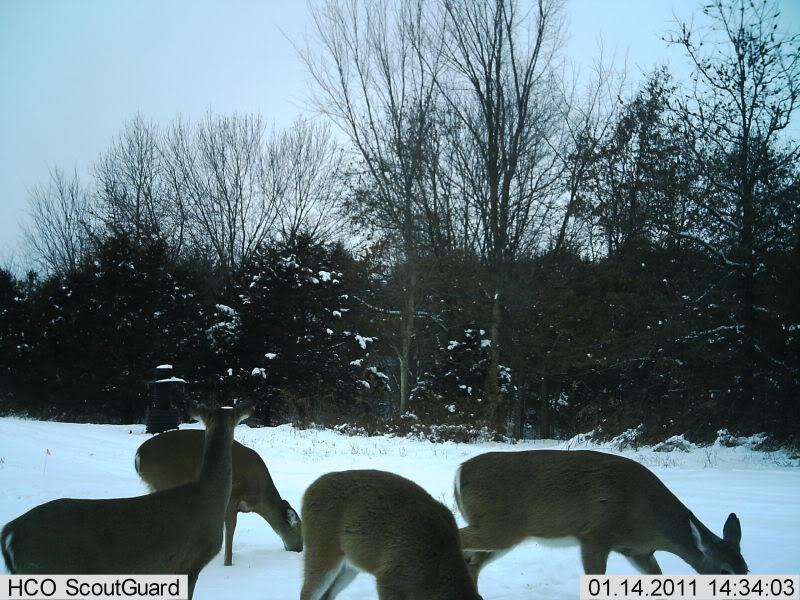July 24th, 2011
Drought periods can dramatically affect clovers and when searing hot sun sends temps near 100 for weeks combined with lack of rainfall, white clover begins to take on a "rust" color in it's leaves.
This is often disconcerting to landowners concerned that their clover is dying but when rains and cooler temps return, so will the healthy color. In some cases in extremely droughty soils that lack organic matter the clover will appear to literally burn up and die but usually it just goes into a state of dormancy. This is a small area on an area of very poor subsoil clay that with plentiful rainfall can grow healthy clover...after nearly 4 weeks with out a drop of rain and blast furnace heat every day...it's going to "sleep" until things improve!
This is the soil...about as poor clay as you can find
Cracks big enough to slip your hand in!
A few yards away however where the soil is better the clover looks much better
and in slightly lower areas with more moisture both white and red clovers look great!
I prefer drought resistant clovers such as Alice and Durana on areas with poor drought prone soils because they will survive while clovers marketed by WTI, Biologic and others literally wither and die.
Here's a link to more infor on drought and white clovers
Sensitivity of net photosynthesis to soil drought in white clover
Studys on Adaptability of White Clower (Trifolium Repens L) to Drought Stress
Try to avoid mowing your clover during periods of extreme drought stress if you can avoid it....











